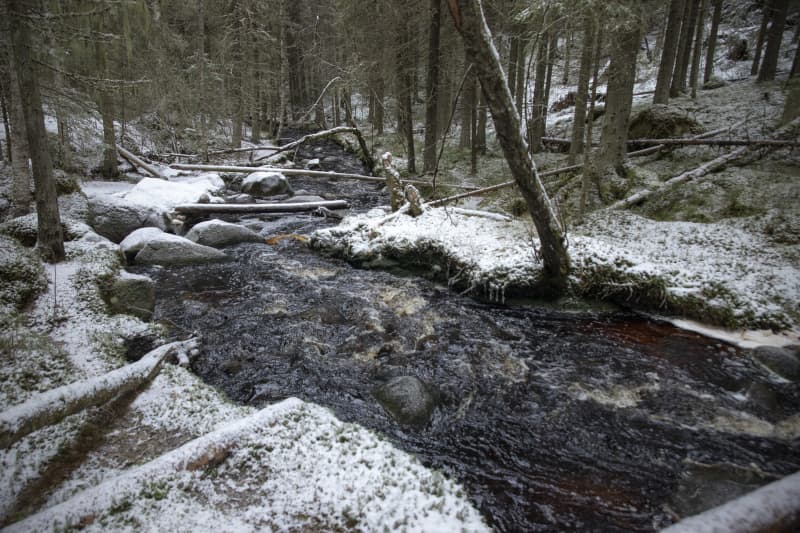
Most of the sites in the Metso programme, which focuses on the protection of old-growth forests in particular, are offered for protection by landowners themselves. Landowners can either sell their site or set it aside for conservation.
In 2022, the Environment Agency of South Ostrobothnia will implement around 1 440 hectares of new nature conservation areas in the Ostrobothnian regions. It fell slightly short of its target of 1 500 hectares, as a few big land deals were postponed from last year to this year.
New nature conservation areas were created in South Ostrobothnia for 679 hectares, in Ostrobothnia for 347 hectares and in Central Ostrobothnia for 414 hectares.
– New protected areas were added steadily in almost every province. As South Ostrobothnia is the largest in terms of area, it has the most potential to protect and this is certainly reflected in the results.
In the area of \u200b\u200bSouth Ostrobothnia, 264 hectares of new nature reserves were formed with the Metso program focusing on the protection of old forests. In Ostrobothnia, a total of 228 hectares and 121 hectares of new conservation areas were implemented in Central Ostrobothnia with the help of the program.
– Probably more than 90 percent of Metso’s areas start from landowners proposing their forests to us. We will visit the proposed area, and if it meets the criteria, we will make an offer.
The Helmi program, which strengthens Finland’s diversity, mainly protects bogs. The area of \u200b\u200bprotected areas in the program increased in South Ostrobothnia by 273 hectares, in Ostrobothnia by 52 hectares and in Central Ostrobothnia by 254 hectares.
In contrast to the protected forests, the protected marsh areas in the Helmi program are generally large, concentrated areas. Their selection is mainly based on the sites selected in the Ministry of the Environment’s bog protection supplementary proposal.
– In the Pearl program, efforts have been made to acquire hydrological entities so that we can secure the water management of the bog and guarantee its natural state in the future.

Statutory conservation programmes are almost in place in the counties of Ostrobothnia
In addition, protection in accordance with old programs has been carried out in the provinces, i.e. so-called statutory protection. These include, for example, new protected areas based on the Natura 2000 and bog protection programs.
– These are starting to come to an end, we have maybe less than a percent of these unimplemented, Simula states.
In Southern Ostrobothnia, legally protected protected areas were established last year for a total of 142 hectares, in Ostrobothnia for 67 hectares and in Central Ostrobothnia for 11 hectares.
The state either acquires the protected land areas for its ownership, or the land owner can pacify his area for nature conservation. When the area is zoned, the landowner signs an zoning agreement, based on which zoning compensation is paid.
– The landowner still owns the trees, stumps and pine cones and so on. An agreement is made on the basis of which the landowner does not use his rights, for example, to build or clear the area.
Last year, 193 hectares of new protected areas on private lands were pacified in South Ostrobothnia, 104 hectares in Ostrobothnia and 278 hectares in Central Ostrobothnia.
The Ely Center of Southern Ostrobothnia’s 2023 goal for new nature reserves is 1,300 hectares.
With the exception of statutory protection, the implementation of protection programs is based on voluntariness and annual funding granted by the Ministry of the Environment.
